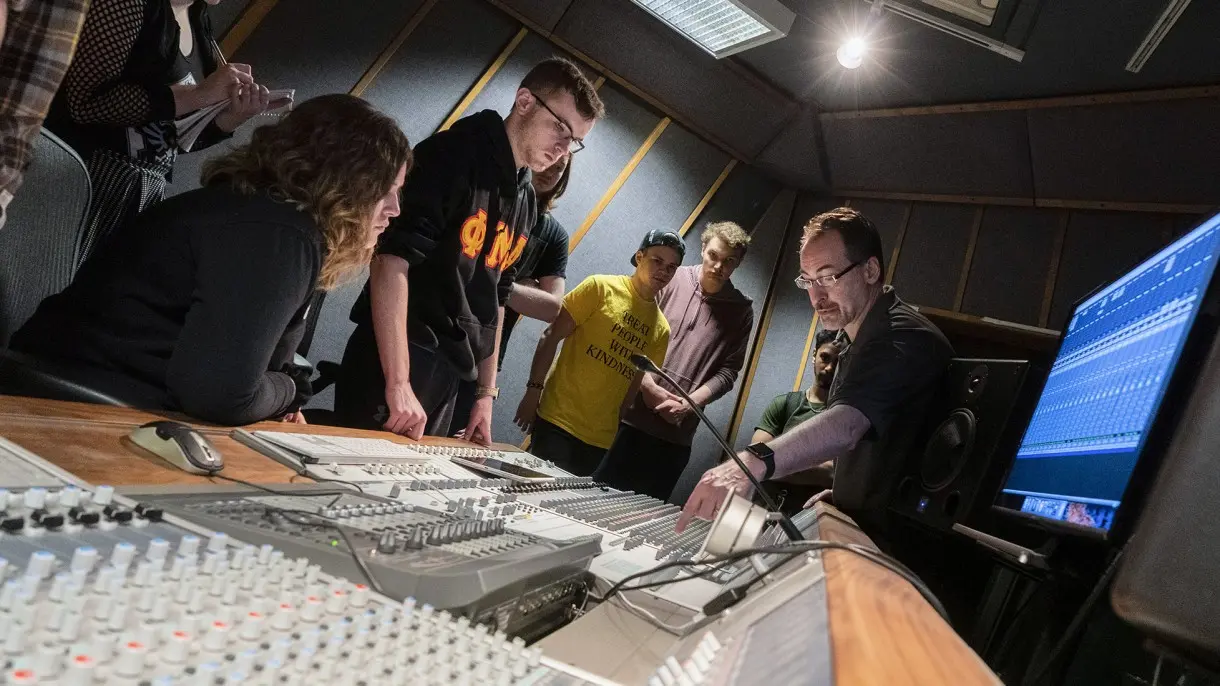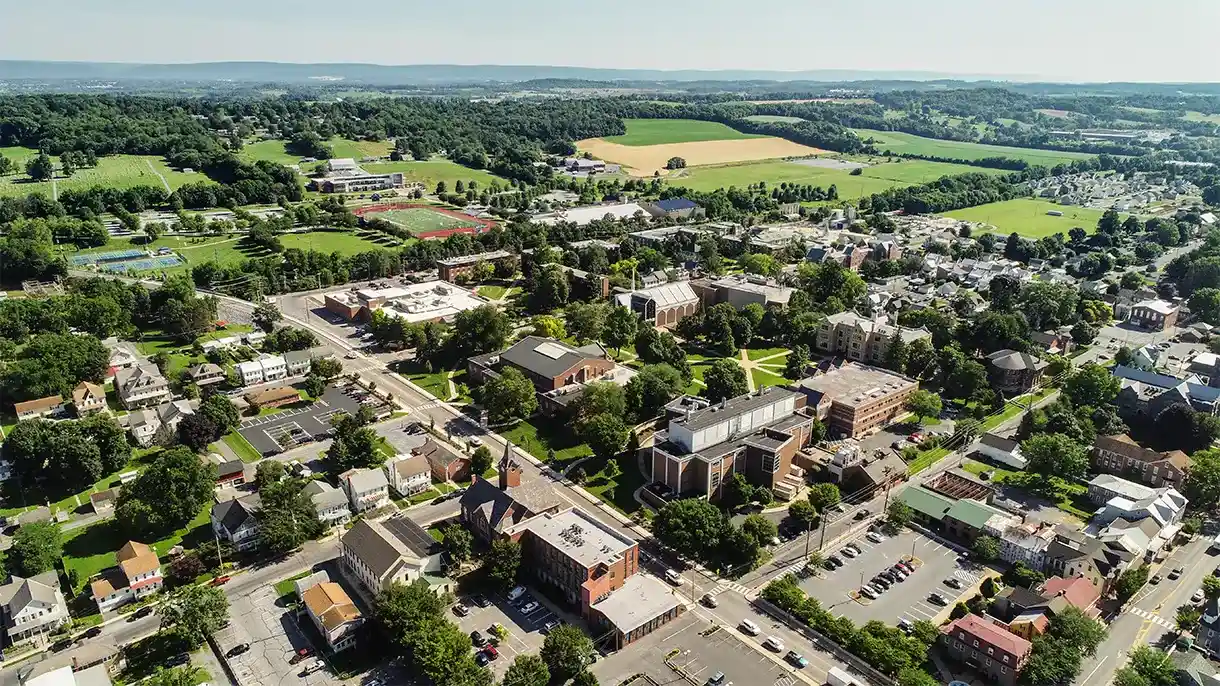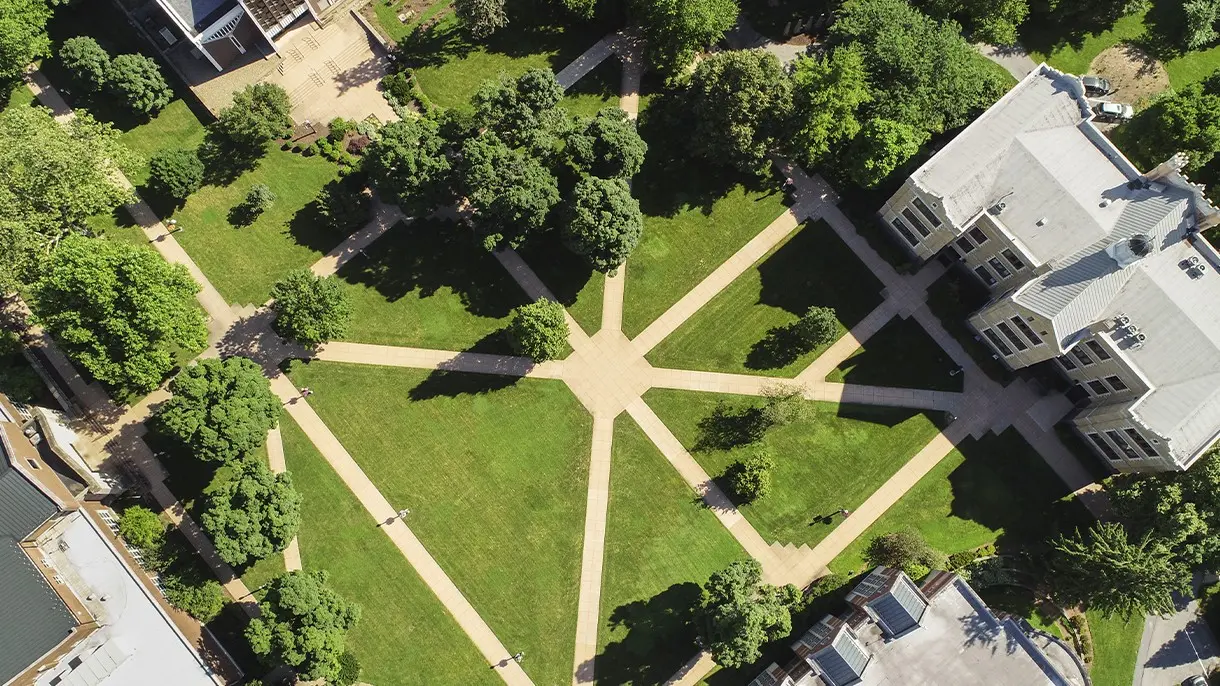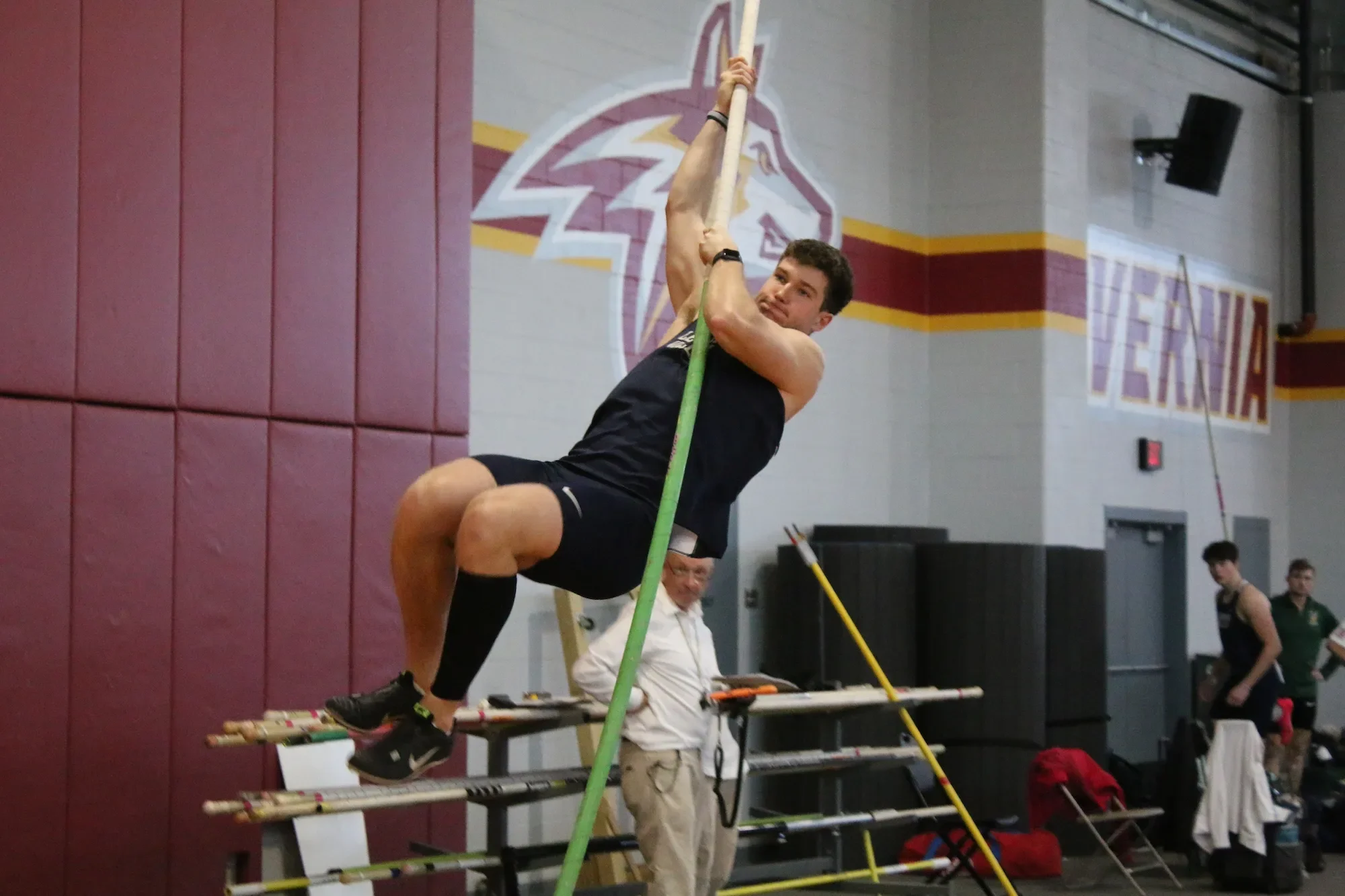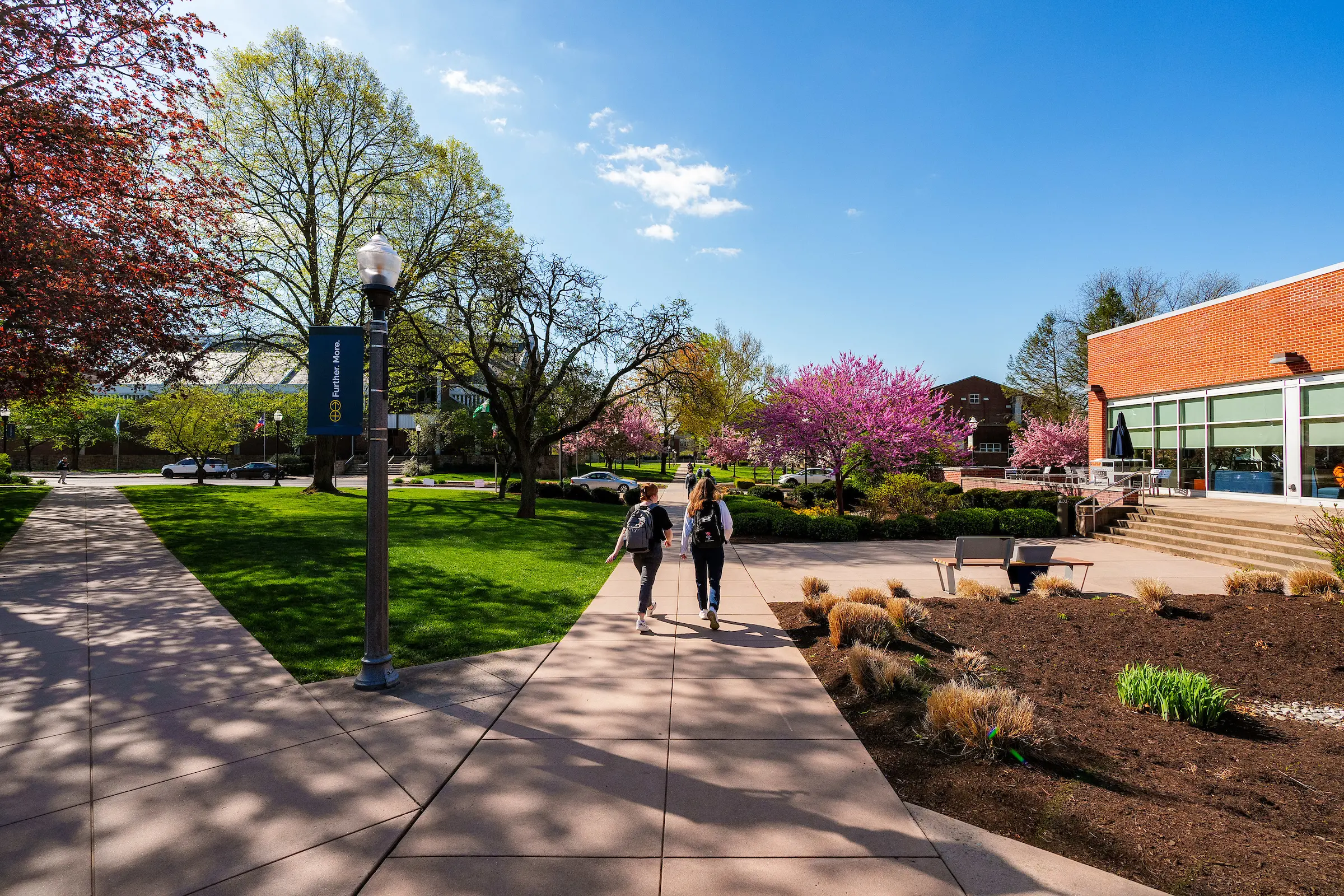
LVC News
- Accounting
- Accounting/MBA 3+1
- Actuarial Science
- Allwein Scholars
- Alumni Profiles
- Applied Kinesiology
- Athletic Training
- Athletics
- Audio Music Production
- Awards
- Biochemistry & Molecular Biology
- Biology
- Breen Center
- Business Administration
- Campus
- Chemistry
- Clinical Exercise Physiology
- Clinical Mental Health Counseling
- Community Service
- Computer Science
- Creative Arts
- Creative Writing
- Criminal Justice
- Data Science
- Digital Media
- Economics
- Education
- Engineering
- English
- Environmental Science
- Esports
- Exercise Science
- Faculty Profiles
- Gallery
- German
- Giving
- Graduate Studies
- History
- Honors
- Intelligence and Security Studies
- Interaction Design
- International Business and Policy
- LVEP
- Marketing
- Mathematics
- MBA
- Medical Humanities
- Medical Laboratory Science
- Music
- Music Business
- Music Education
- Neuroscience
- Nursing
- Physical Therapy
- Physics
- Political Science
- Pre-Law
- Pre-Medical Professions
- Psychology
- Self-Designed
- Social Justice and Civic Engagement
- Sociology
- Spanish
- Speech-Language Pathology
- Sport Performance
- STEM Education
- Student Profiles
- Study Abroad
- Sustainability
- Transfer
- Undecided/Exploratory
Master’s Student Set to Help Patients on Their Healthcare Journey
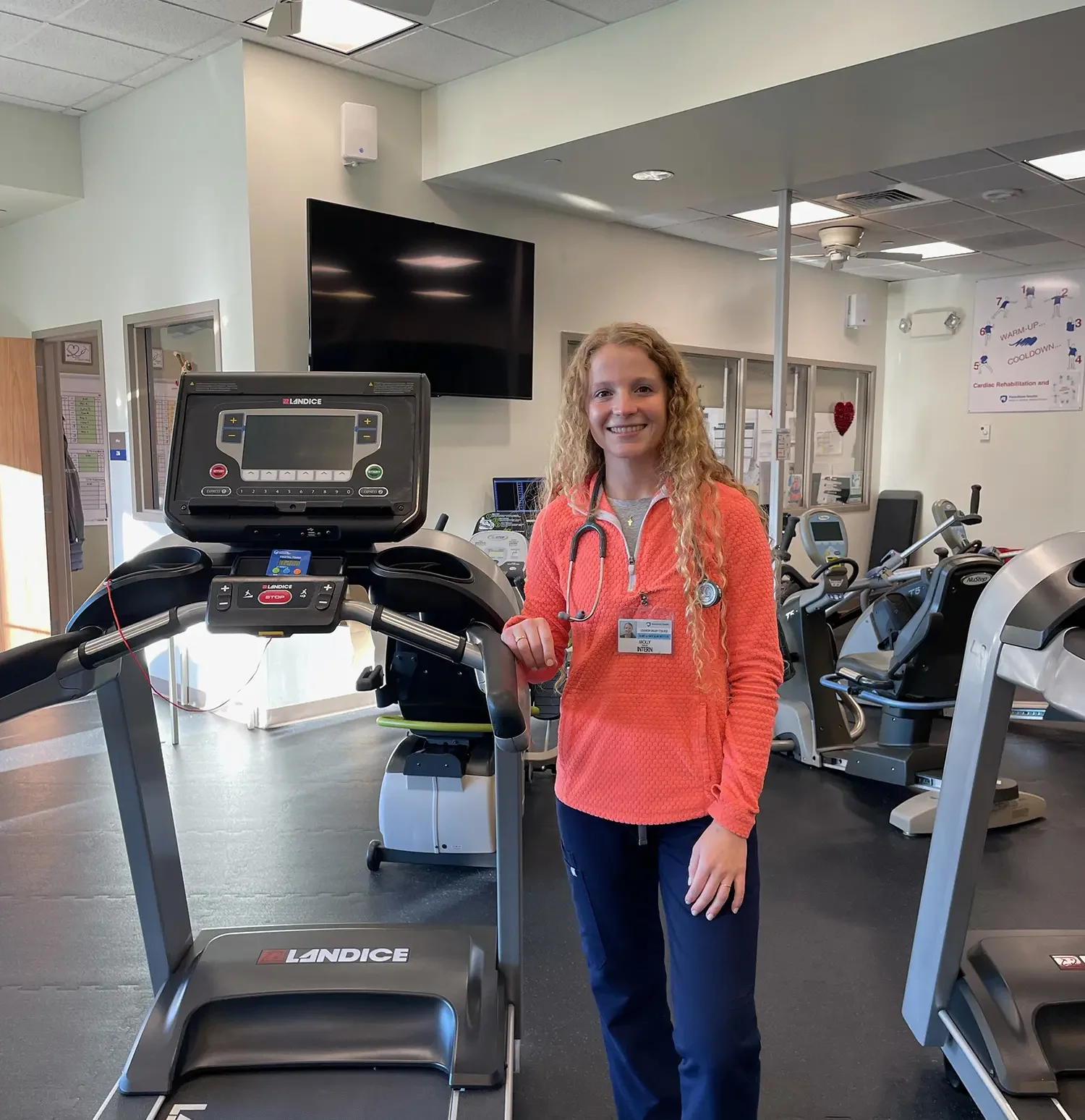
As a long-time athlete, Molly Herigan M’23 understands the importance of exercise and healthy eating. When it came time to choose a career, she knew she wanted to make a positive impact on the health of others.
“I started to learn why exercise was so good for us and what was happening in the body,” said Herigan. “I also have been interested in how healthy eating and exercise can prevent or delay the onset of some health issues. I knew this was the right field for me and I wanted to work with people to teach them how important exercise is for our overall health.”
Through LVC’s master’s program in clinical exercise physiology, she is gaining valuable experience for her future. The program is primarily online, but Herigan still feels connected with her professors, including Dr. Claudia Gazsi, Michael Zehner, and Dr. Alan Walker.
“They help me navigate the program, explore career opportunities, and grow as a professional,” she said.
Herigan demonstrated the knowledge and skills she acquired during three on-campus residency weekends that prepared her for a clinical placement at Penn State Hershey Medical Center, where she worked with nurses and exercise physiologists.
“They gave me the independence to work with patients one-on-one and learn skills through practice,” said Herigan. “They were all so knowledgeable and always were there to answer my questions and help me learn as much as possible.”
Herigan’s supervisor arranged a shadowing opportunity in the catheterization (cath) lab and to see an open-heart surgery.
“These experiences made me realize I want to work with patients in all stages of their healthcare journey,” she said. “I could see myself in a job in a stress testing lab to help determine a diagnosis, the cath lab to try to fix an issue, or in cardiac rehab to help patients heal and prevent further problems.”
Herigan also taught human physiology to LVC undergraduate students as part of her graduate assistantship. She worked with the biomechanical equipment in the Lewis Human Performance Lab—which rivals those at larger academic research institutions—and explained topics she studied as an undergrad student.
“I wanted to help them learn while also making the concepts as easy to understand as possible because this information is the foundation for any career in exercise science,” she said.
In addition to teaching, Herigan has advice for students pursuing a career in exercise physiology.
“Get as much experience and look into as many career paths in this field as possible,” she said. “Having these experiences early on will help you know if you want to further your education and, if so, in which area. Make connections with people you meet while doing internships and throughout school.”
